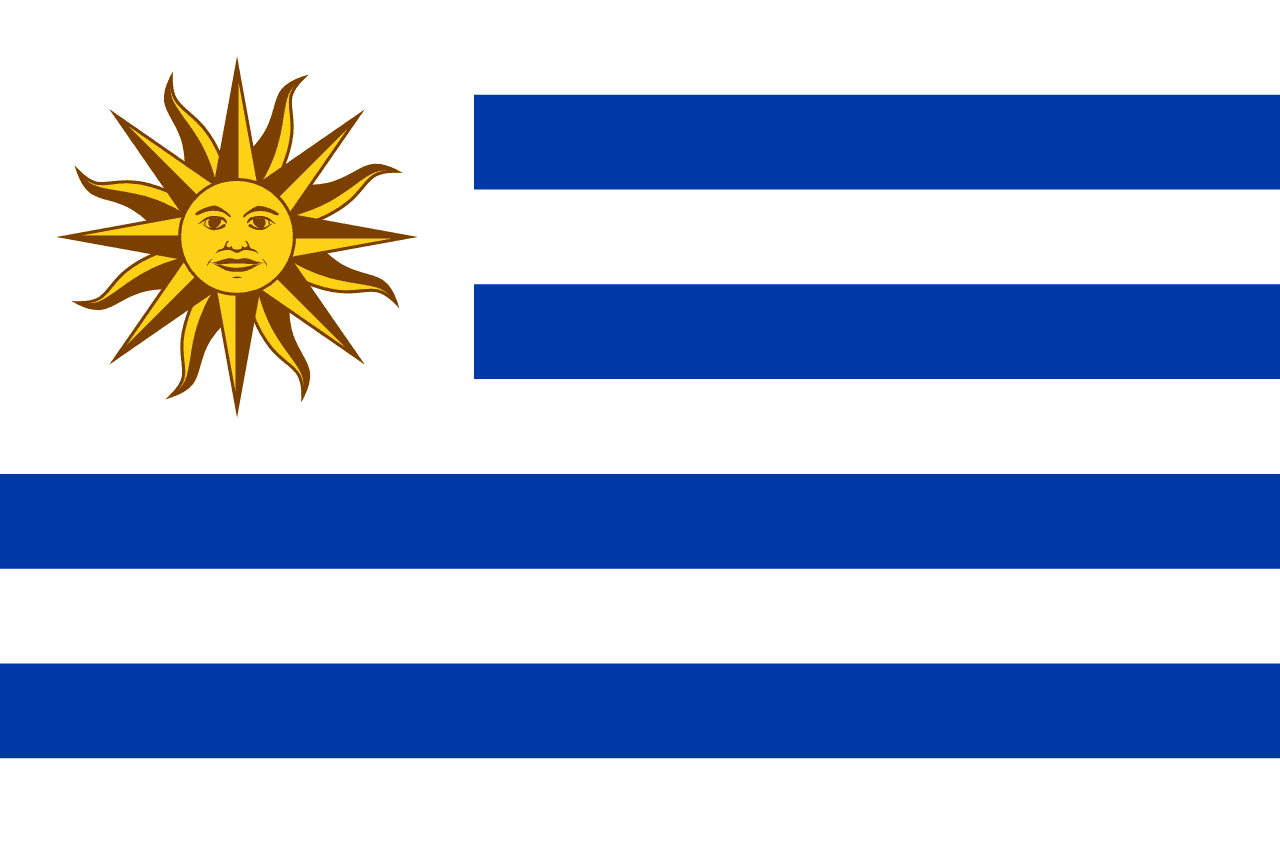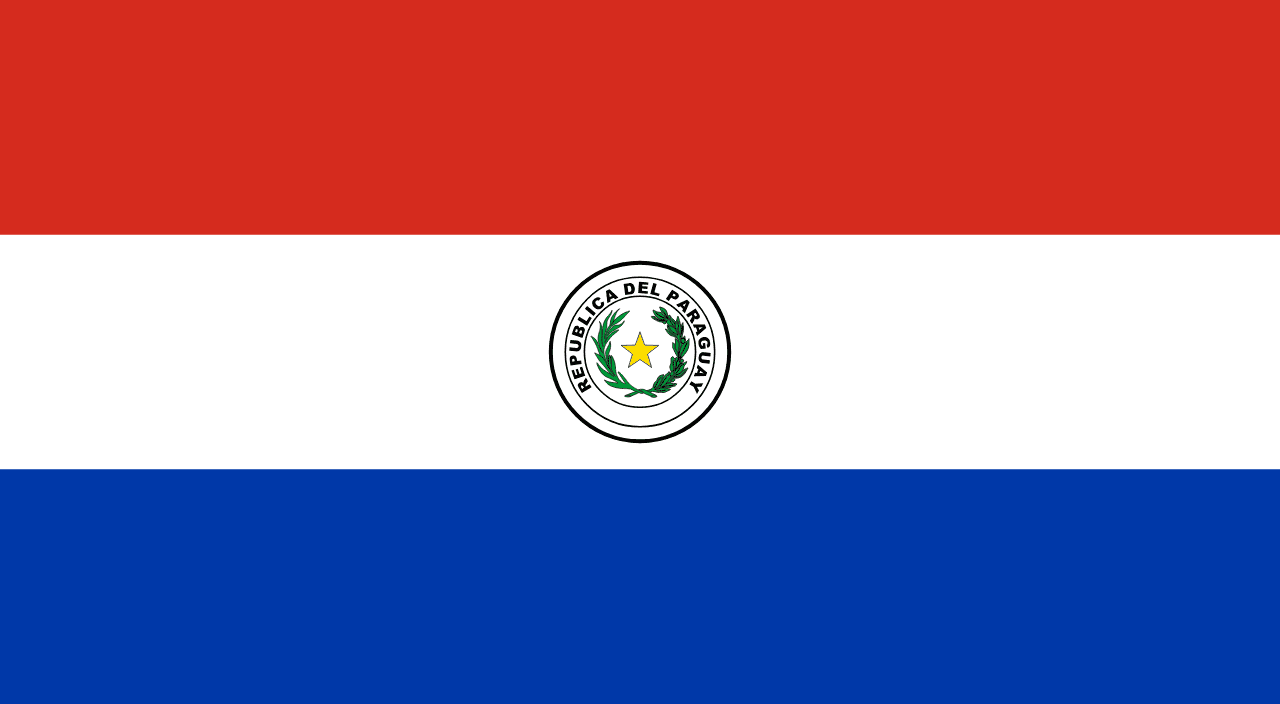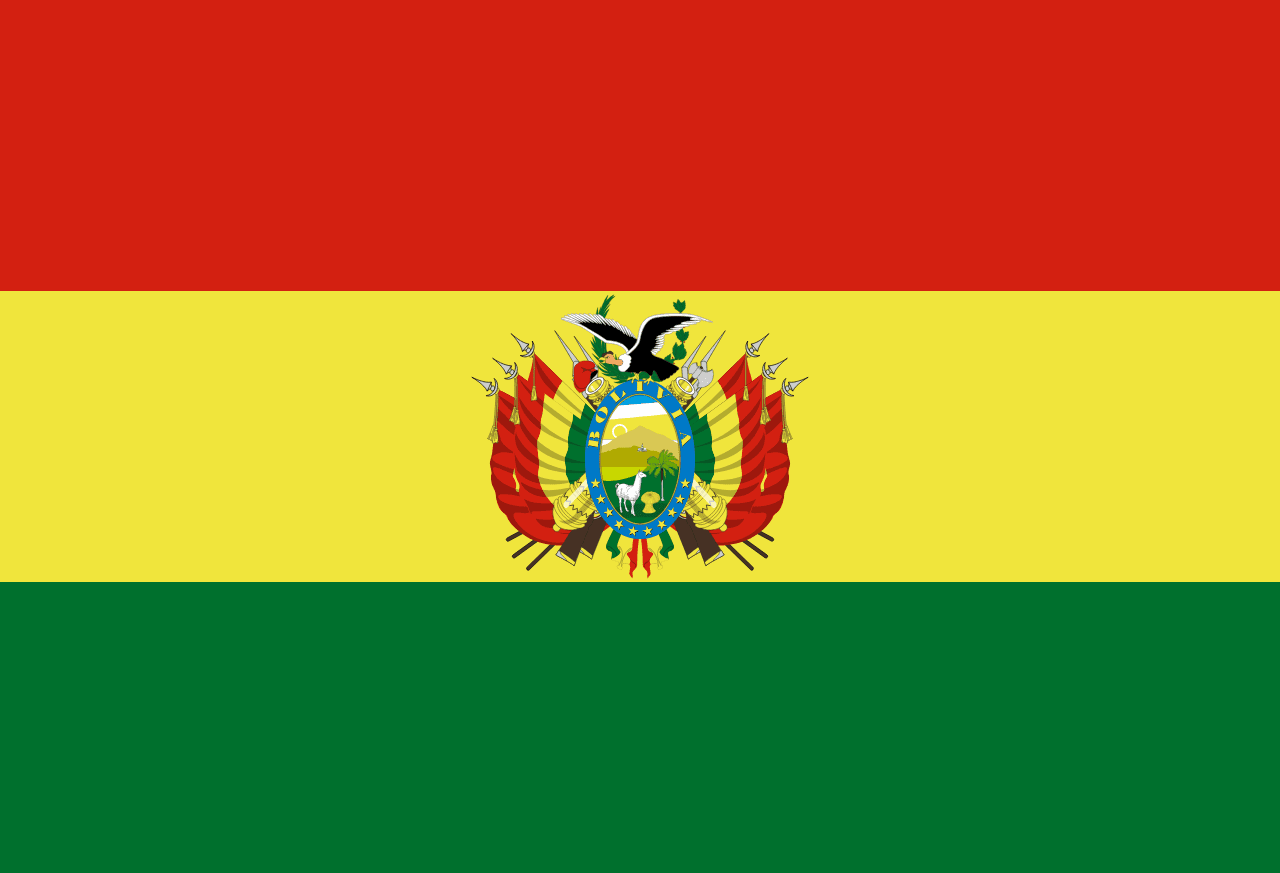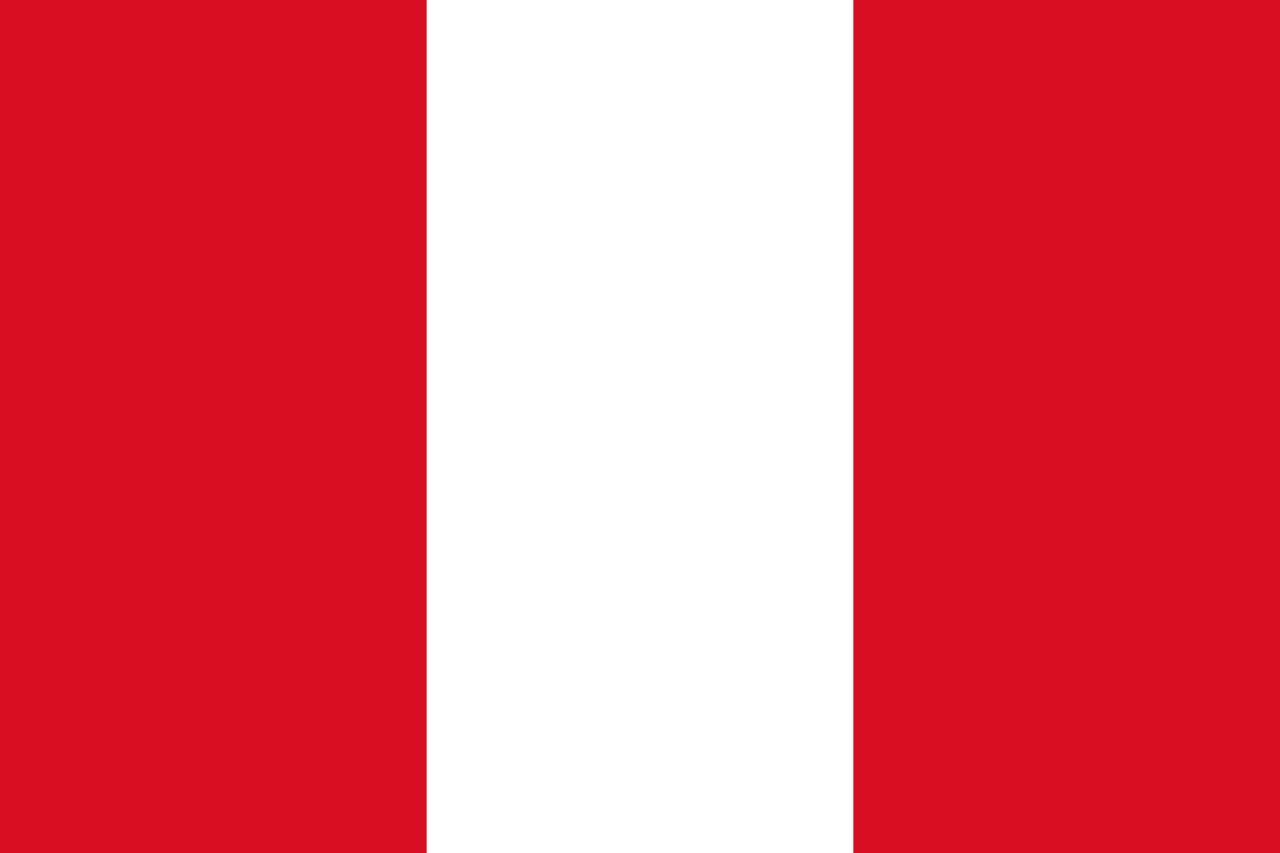Uruguay Flag Meaning
Nine alternating horizontal stripes of blue and white with a golden sun (Sol de Mayo) in the upper left canton, representing the nine original departments of Uruguay, the clear skies and peace, and the May Revolution that inspired South American independence movements.
- Continent
- South America
- Adopted
- 1828
- Ratio
- 2:3
- Colors
- blue, white, yellow
- Designer
- Joaquín Suárez

Symbolism
Blue Stripes: Represent the clear blue skies of Uruguay and the Río de la Plata, symbolizing freedom, truth, and justice, as well as the aspirations of the Uruguayan people for liberty and independence.
White Stripes: Represent peace, purity, and the snow-white clouds, symbolizing the desire for harmony among all citizens and the peaceful nature of Uruguayan society and democratic traditions.
Nine Stripes Total: Represent the nine original departments (administrative divisions) that comprised Uruguay at the time of independence, symbolizing the federal nature of the early republic and national unity.
Sun of May (Sol de Mayo): Represents the Inca sun god Inti and commemorates the May Revolution of 1810 in Buenos Aires that began the independence movement, featuring 16 rays symbolizing the dawn of freedom.
Canton Position: The sun is positioned in the upper left canton, similar to many national flags, symbolizing the guiding light that leads the nation toward prosperity and enlightenment.
History
- Pre-Columbian Era: Indigenous peoples including the Charrúa, Guaraní, and Channé inhabited the region for thousands of years, developing distinct cultures adapted to the grasslands and riverine environments.
- 1516-1680: Spanish exploration began with Juan Díaz de Solís, but the region remained largely unsettled due to indigenous resistance and lack of mineral wealth, serving mainly as a frontier zone.
- 1680-1828: Portuguese and Spanish colonization intensified with the founding of Colonia del Sacramento and Montevideo, while the region became a contested borderland between the two empires.
- 1811-1820: José Gervasio Artigas led the struggle for independence and federalism, becoming a national hero but eventually going into exile as regional powers intervened in Uruguayan affairs.
- 1821-1828: Brazil annexed Uruguay as the Cisplatina Province, but local resistance and Argentine support led to the Cisplatine War and eventual independence negotiations.
- August 25, 1828: Uruguay gained independence through British mediation in the Treaty of Montevideo, adopting the current flag design and establishing itself as a buffer state between Argentina and Brazil.
- 1828-1903: Political instability dominated the 19th century with civil wars between the Colorado and Blanco parties, European immigration, and gradual modernization of the economy and society.
- 1903-1933: The 'Switzerland of America' era under José Batlle y Ordóñez brought progressive reforms including welfare state policies, women's rights, and democratic institutions that made Uruguay a regional model.
- 1973-1985: Military dictatorship suspended democracy and brutally repressed opposition, though the regime was less violent than in neighboring Argentina and Chile, ending with negotiated transition.
- 1985-Present: Democratic restoration has brought political stability and progressive policies, including same-sex marriage, marijuana legalization, and strong human rights protections while maintaining economic development.
Trivia
- Uruguay is often called the 'Switzerland of South America' due to its political stability, progressive social policies, and high quality of life compared to regional neighbors.
- The flag represents the first country in the world to legalize marijuana for recreational use (2013), reflecting its tradition of progressive social policies and individual freedom.
- Uruguay has one of the highest literacy rates in the Americas and was one of the first countries to provide free, compulsory primary education for all children.
- The country is famous for its beef and cattle ranching culture, with gauchos (cowboys) being an important part of national identity and traditional culture.
- Spanish is the official language, though Uruguayan Spanish has distinctive features influenced by Italian immigration, while Portuguese is spoken near the Brazilian border.
- The flag flies over a country that has achieved near-universal access to electricity, with about 95% of energy coming from renewable sources, primarily hydroelectric and wind power.
- Football (soccer) is the national passion, with Uruguay winning the first FIFA World Cup in 1930 as hosts and producing many world-class players despite its small population.
- Traditional culture includes tango music and dance (shared with Argentina), candombe drumming from African heritage, and asado (barbecue) social gatherings.
- Uruguay has one of South America's most stable democracies, with regular peaceful transfers of power and strong democratic institutions since the return to democracy in 1985.
- The country legalized same-sex marriage in 2013, becoming only the second Latin American country to do so, reflecting its progressive approach to social issues.
- Montevideo, the capital, is home to about half the country's 3.5 million people, making Uruguay one of the most urbanized countries in South America.
- The flag represents a country with one of the world's highest rates of internet penetration and digital government services, earning recognition for technological advancement.
- Traditional Uruguayan cuisine includes chivito (steak sandwich), dulce de leche, and mate tea, which is consumed throughout the day and is central to social interaction.
- Uruguay has achieved significant social progress including universal healthcare, comprehensive social security, and strong labor rights that create one of Latin America's most equitable societies.
- Despite being South America's second-smallest country, Uruguay punches above its weight in international affairs, often serving as a mediator in regional conflicts and promoting human rights.
Related Countries

Argentina
South America
Three horizontal stripes of light blue, white, and light blue with a golden sun (Sol de Mayo) in the center, created by Manuel Belgrano during the independence wars and representing the clear skies after the storm of Spanish rule, the snow-capped Andes mountains, and the May Revolution that began Argentina's path to freedom.

Paraguay
South America
A horizontal tricolor of red, white, and blue. Unique among national flags, Paraguay’s flag has different emblems on the obverse and reverse sides: the national coat of arms on the front, and the treasury seal on the back.

Chile
South America
Two horizontal stripes of white over red with a blue square in the upper hoist containing a white five-pointed star, representing the sky and Pacific Ocean, the snow-capped Andes Mountains, the blood of patriots, and the guiding star of progress.

Bolivia
South America
Three horizontal stripes of red, yellow, and blue, with the national coat of arms centered on the yellow stripe in the state flag, representing the valor of the army, the mineral wealth of the nation, and the sky and sea that Bolivia once possessed before losing its coastline to Chile.

Brazil
South America
Green field with yellow diamond containing a blue celestial globe with the motto 'Ordem e Progresso'.

Peru
South America
A vertical triband of red, white, and red. The civil flag is a simple triband, while the state flag includes the national coat of arms in the center white band. The design reflects Peru’s struggle for independence and its natural richness.